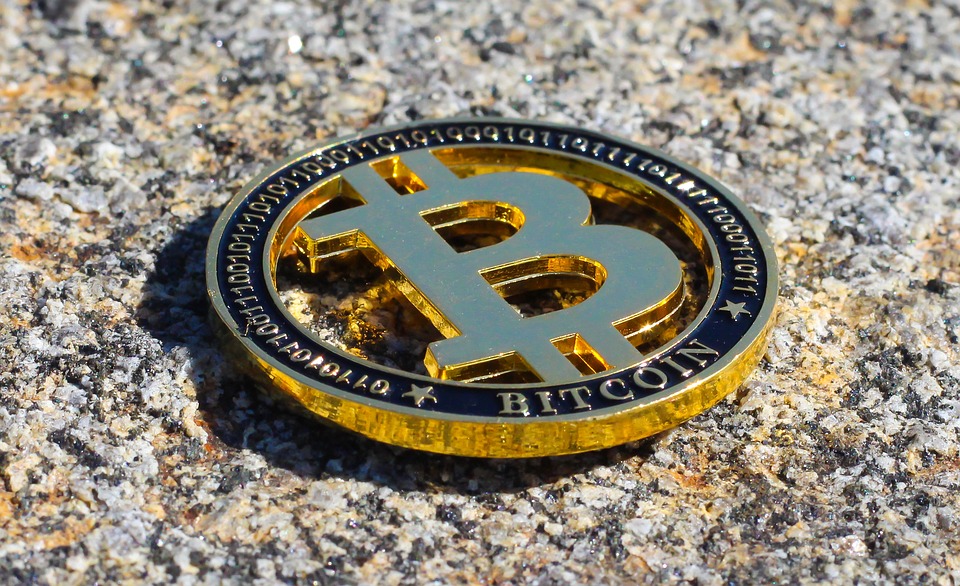As Bitcoin continues to gain popularity, so too does the sophistication of scams designed to exploit both new and experienced users. Phishing attacks have emerged as one of the most common threats in the cryptocurrency space, posing serious risks to your digital assets. However, with the right knowledge and strategies, you can significantly reduce your chances of falling victim to these enticing but fraudulent schemes. Here, we present proven strategies to help you defend against Bitcoin phishing.
Understanding Bitcoin Phishing
Bitcoin phishing scams typically involve attackers impersonating legitimate entities to deceive users into providing sensitive information, such as private keys, passwords, or wallet credentials. These scamming efforts can come in various forms, including deceptive emails, fake websites, and manipulated social media accounts. Often appearing credible, these scams prey on users’ trust and curiosity about the cryptocurrency space.
Proven Strategies for Protection
1. Be Skeptical of Unsolicited Communications
One of the most effective defenses against phishing attacks is skepticism. Always approach unsolicited emails, messages, or phone calls with caution. If a communication claims to be from a cryptocurrency platform or wallet provider, verify its authenticity before taking any action. Look for:
- Spelling and grammatical errors
- Unfamiliar email addresses or domains
- Requests for sensitive information
2. Check Website URLs Carefully
When accessing cryptocurrency exchanges or wallets, always type the URL directly into your browser rather than clicking on links. Scammers often create websites that are eerily similar to legitimate platforms but may have slight deviations in the URL. Make sure the web address begins with "https://" and that there’s a padlock icon in the address bar, indicating a secure connection.
3. Enable Two-Factor Authentication (2FA)
Utilizing two-factor authentication is a simple yet effective way to safeguard your accounts. 2FA adds an extra layer of protection, requiring not just a password but also a second form of verification, such as a code sent to your mobile device. Even if your credentials are compromised, the presence of 2FA makes it significantly harder for attackers to gain access to your account.
4. Use a Secure and Unique Email Address
Consider creating a dedicated email address exclusively for your cryptocurrency activities. This way, you mitigate the risk of phishing attacks targeting your main email account. Be sure that this email uses a strong and unique password and enables 2FA for added security.
5. Educate Yourself on Common Phishing Techniques
Stay informed about the latest phishing tactics used in the Bitcoin community. Knowledge is power; understanding how attackers operate can help you spot scams more quickly. For instance, be wary of:
- Offers of free Bitcoin or promises of high returns
- Emails instructing you to click on links or download attachments
- Impersonations of influential figures in the cryptocurrency space, like CEOs or developers
6. Use Reliable Security Solutions
Invest in reputable antivirus and anti-malware software designed to identify and block malicious activities. These tools can flag suspicious websites and protect your devices from malware often used in phishing attacks.
7. Verify Social Media Accounts
If you receive a message on social media promising Bitcoin incentives or asking for personal information, verify the account’s authenticity. Many scammers create fake profiles mimicking legitimate personalities. Look for verification badges and double-check follower counts or unusual activity surrounding the account.
8. Regularly Update Wallets and Software
Ensure that any software, wallet, or applications you use are kept up to date. Developers frequently release security patches and updates that can protect you from new threats that emerge over time.
9. Keep Your Private Keys Private
Never share your private keys or seed phrases with anyone, even if they appear trustworthy. Legitimate entities will never ask you for this information directly. Storing them offline or using hardware wallets can further enhance your security.
10. Report Phishing Attempts
If you encounter a phishing attempt, report it to the relevant cryptocurrency platforms, your email provider, and law enforcement. By doing so, you help protect others from falling victim to the same scams.
Conclusion
Phishing scams are a persistent threat in the world of Bitcoin and cryptocurrency. By employing these proven strategies, you can defend yourself against the cunning tactics utilized by fraudsters. Stay vigilant, keep learning, and maintain a healthy skepticism towards unsolicited communications. With the right precautions in place, you can confidently navigate the exciting world of Bitcoin while keeping your assets and personal information secure. Don’t get caught—arm yourself with the knowledge and tools to protect your investments.


